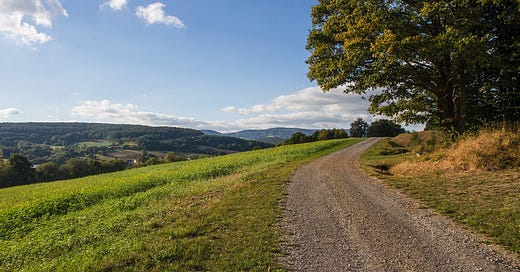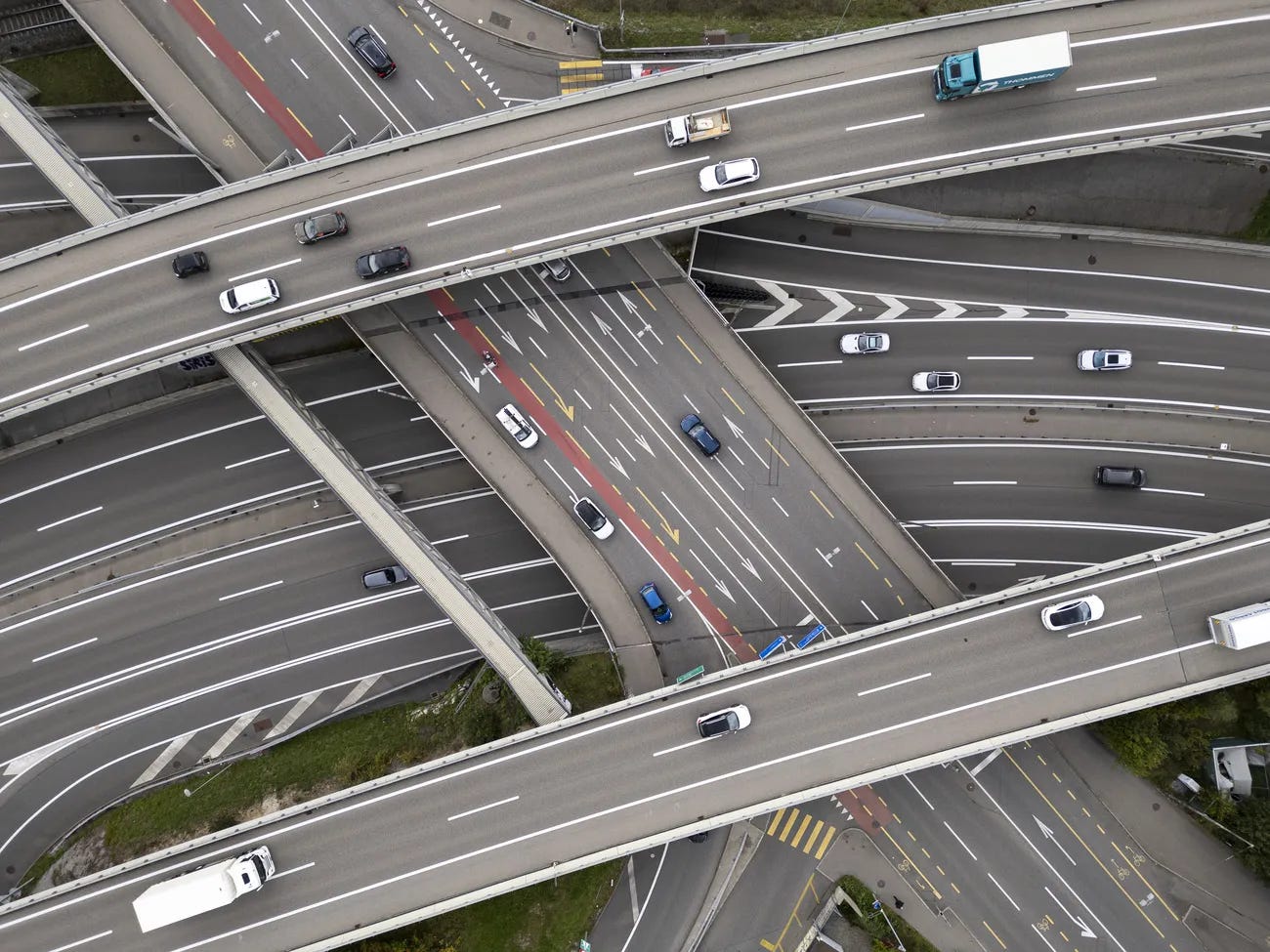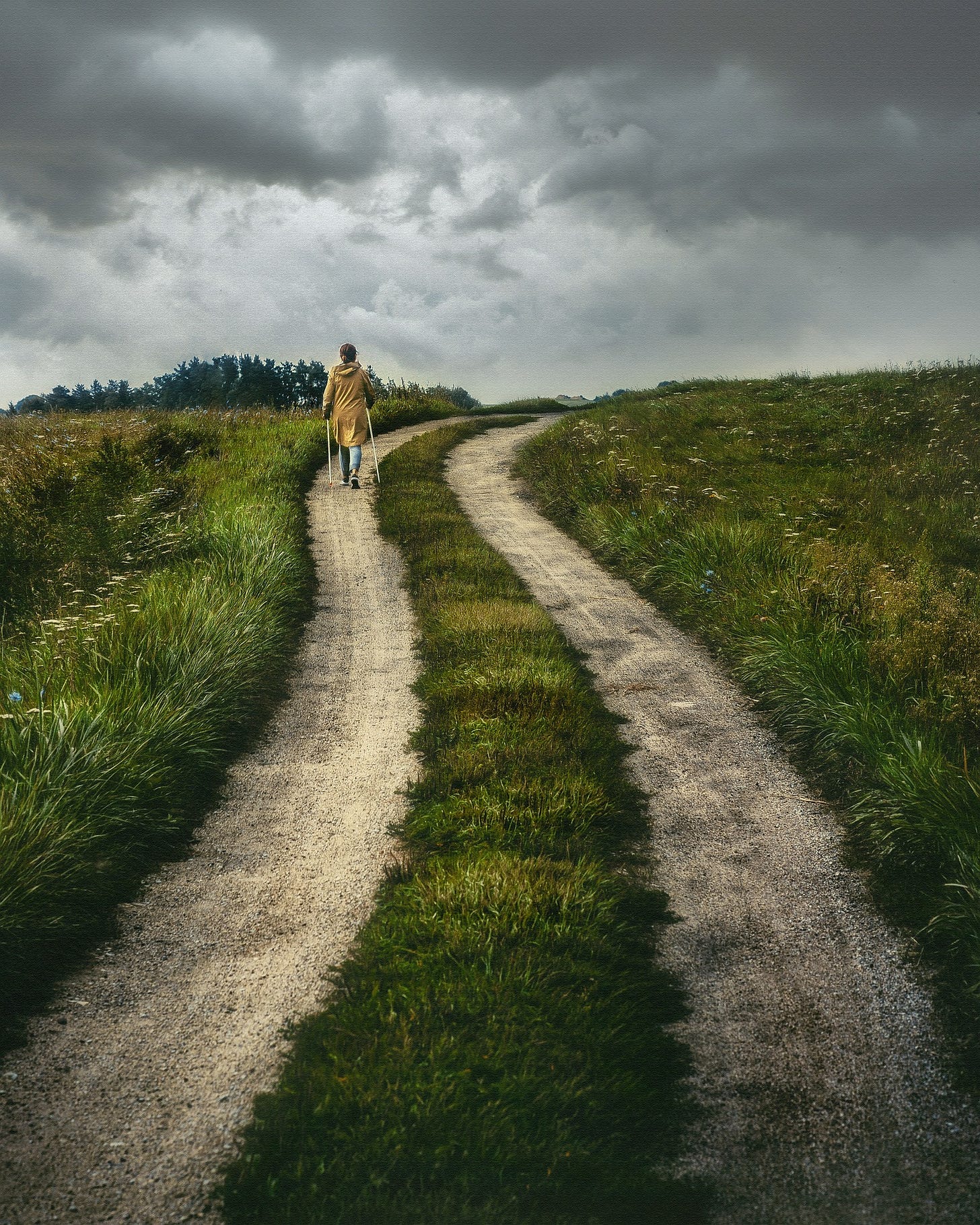Depaving roads to boost nature recovery
There are some SIXTY-FIVE MILLION kilometers' worth of roads crisscrossing our planet, fragmenting nature. The simple truth is that we do not need all of those roads.
Roads. Some go back millennia and went from rough tracks made of mud and dust, to blocks and cobblestones and, finally to the asphalt we’ve come to know. In a recent article I wrote about what author Paul Donald calls “traffication”, the environmental disaster that’s barely on the radar. Modern-day traffic doesn’t just create fragmented nature. With its roads as effective as if they were high fences or walls for many creatures, modern-day traffic also comes with noise and microplastic pollution that wreak havoc on nature along every road. Road kill is, surprisingly, the least of the problems.
Now, the ideal for nature recovery would be to ‘simply’ remove some of those way-too-many roads. But removing even the least-used road will come with the stiffest of opposition. Once a road has been built, once people are used to a certain route to get from A to B, it won’t be long for people to see that paved road, that road that cuts right through nature, as their God-given right.
Here’s a local example of a road just ten minutes from where I live. Just a three kilometer stretch of road that unnecessarily cuts right through the middle of a nature reserve. But even something as clear and obvious and easily remedied as this little road will have been a contentious effort of more than ten years … and the fight’s not even over yet.
Occasionally (often) I come up with wildly fanciful (some might call them stupid) ideas. For example, a while back I had the idea that transhumance could be capped at 2000 meters above sea level across the Alps and that everything above that should be nature reserve. I still think it’s a great idea but, for some obscure reason, nobody’s running with it yet. Anyway - here’s another one:
Depaving roads
Doesn’t sound interesting? Well, bear with me, this baby is global. Depaving is a movement that is engaged in what is known as ‘desealing’, which is the act of removing paved surfaces to bring the soil back to the light. In this fashion, for example, parking lots are turned into green oases. A lot of good efforts are happening (check out Depave.org) - but they are, for now, isolated. What I’d propose would be more pervasive. It would bring about a global change that, admittedly, no one driving those many roads would want.
So what am I proposing? As the aforementioned example shows, completely removing a road can be near impossible. So I propose something that can be implemented on a municipal, or regional, or state level. The idea is to NOT remove roads, but to depave them. What remains are gravel roads that CAN continue to be used, but, of course, with a speed limit.
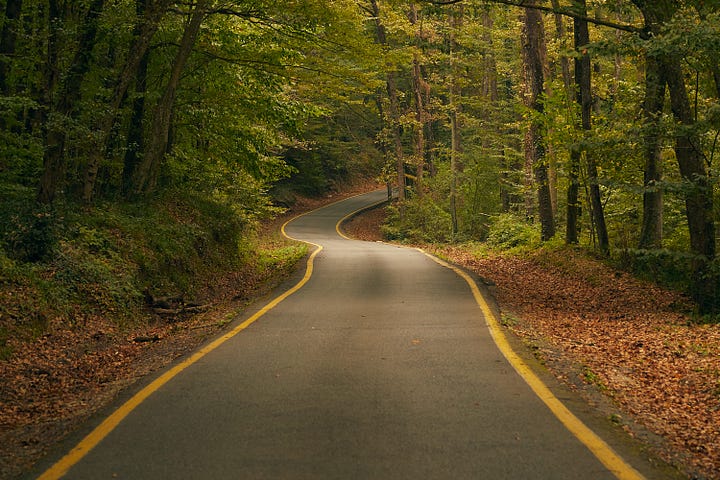
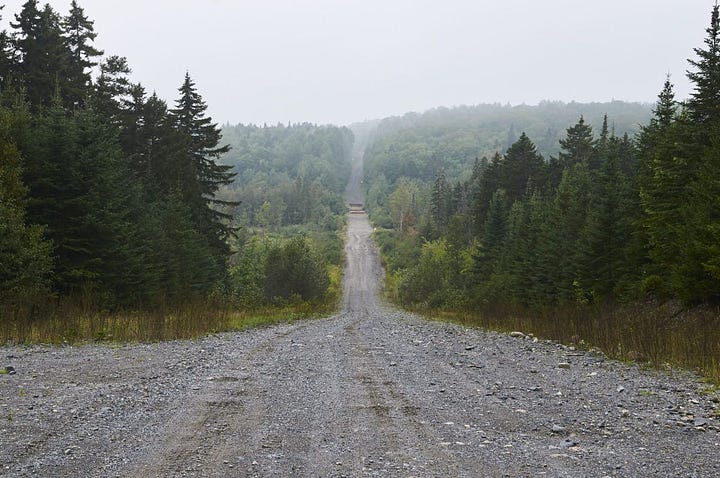
The overarching difference here is that, any such depaved road will be a nature connector, first and foremost. Since there’s no more asphalt, no more fences and no more salting to de-ice, nature can flow. These depaved roads, with a low speed limit, will be used by many creatures once more. Instantly, the habitats on either side of the road will be connected again.
Now, you will ask yourself, won’t just as many people use those roads as before? The answer is a very clear NO. You know people and their cars. Some couldn’t care less, but many do. And so a depaved gravel road will mean, for many, that their cars will get dirty/dusty/muddy, whatever. They’ll immediately switch to the road that’ll take them a few minutes longer, guaranteed.
The lower speed - let’s call it nature speed - will also have an impact. People will prefer taking the paved road where they can go at their usual speed. A few will continue to use the depaved road, but they’ll soon realize that they’ll lose time - and if they do attempt to speed, they’ll be a) fined and/or b) left with a dirtied car.
The ins and outs of villages and hamlets
There are no doubt many places in the world where there is one way in and one way out of a village (towns and cities are out of scope), but here in lovely Switzerland there are usually four or five - inevitably, one or more of those would be depaving candidates.
In our densely populated and highly organized country, paving roads has simply become a thing one does. It is orderly, it is sensible, it is clean, it is what everyone thinks is just the way it should be. And so, nowadays, there are paved roads leading to just about every standalone house anywhere. This should no longer be so.
Finding a new balance
Nature should be weighed more heavily than it has been ever since the agricultural revolution decided that we were the pinnacle of creation and that every other part of nature was, essentially, product for us to use as we saw fit. We know better today. We know that a better balance is of paramount importance if we want nature’s ecosystem to recover, and to be there for future generations. Getting the global economy to slow down, feels like a losing endeavor. But what we can do, is give nature more room - and we don’t have to remove people - we just have to depave.
Depaving roads across the globe
How would you even go about it? You could wait for individual governments, or larger bodies like the European Union, to take the lead by drawing up laws. But I think the more likely way to go would be for single municipalities to take the lead. For municipalities to take the leap and stand up for nature.
The way to do so would be by taking realistic measure (satellite tracking or some such) over the course of a few months. If a road is found to be used by only the same few people month after month, then that road would clearly be depaved. If there were various way to get from village A to village B, a democratic vote would decide on the road to be closed. There would be screaming fits but, within a short period of time, the new norm would have come about - and everyone would benefit.
Is this a crazy idea? Yes, of course. But as that old “Here’s to the crazy ones” Apple ad used to proclaim - “Those who are crazy enough to think that they can change the world, are the ones who do.”
Cheers,
If you enjoy the Rewilder Weekly …
… please consider supporting my work. Your paid subscription will help generate the funds needed to realize a unique rewilding book I’m working on. And, of course, that paid subscription also ensures that the Rewilder Weekly will always keep going for those who cannot afford to pay. A thousand thanks!


